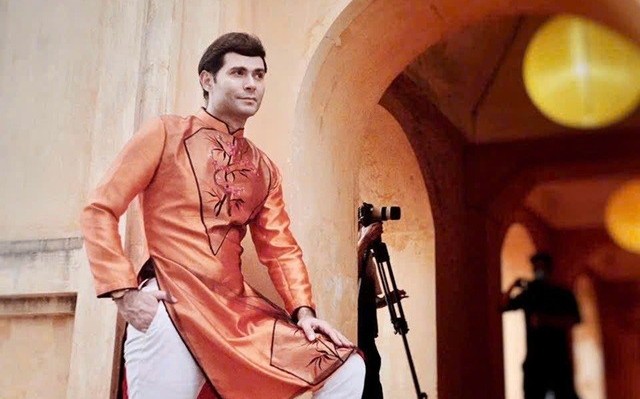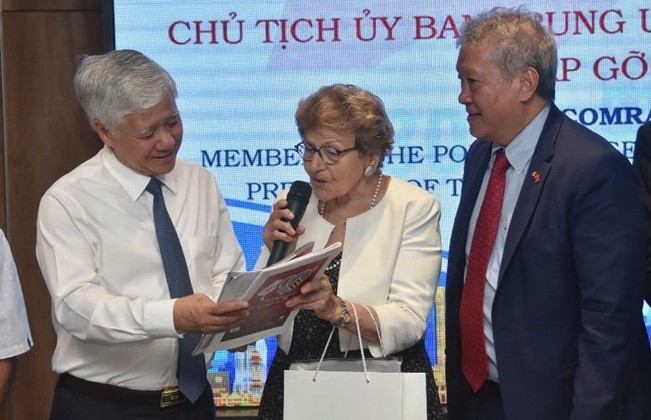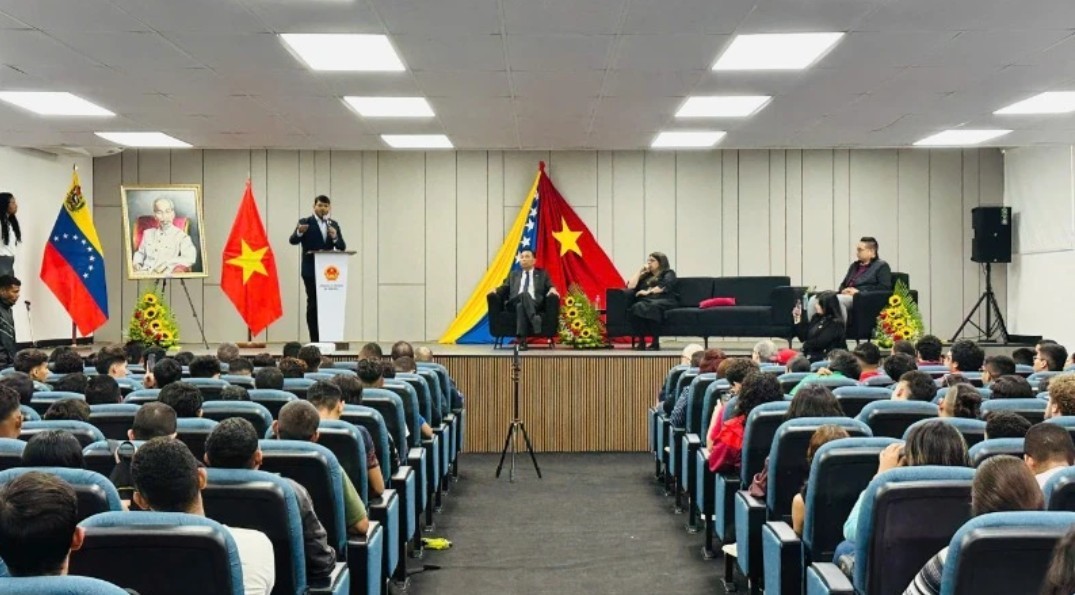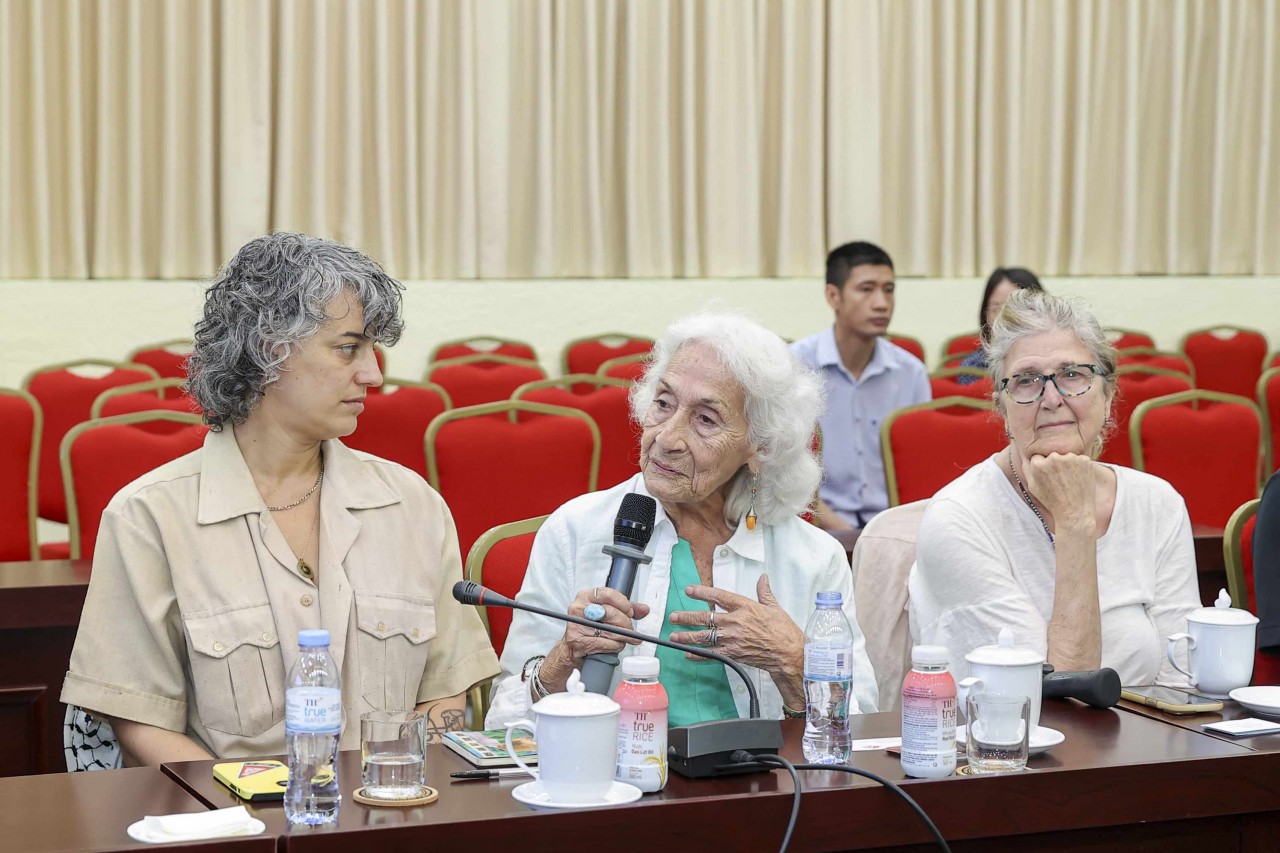Letters That Carried Nation’s Destiny
| Workshop spotlights late Party Chief Le Duan’s life and career | |
| Vietnam's Remarkable Development Left Strong Impression on International Friends |
Era-Defining Vision
The newly born country was immediately plunged into relentless warfare of “3,000 days without rest”. Nine long years of resistance against the French had exhausted the people; the economy, food supplies, and weaponry were depleted. Yet, it was at this moment that fate thrust us into a new war, against a far more powerful and ambitious adversary. Globally, fear and submission to the US were rampant among many nations. Particularly when considering the disparity between Vietnam and the US, many felt apprehensive.
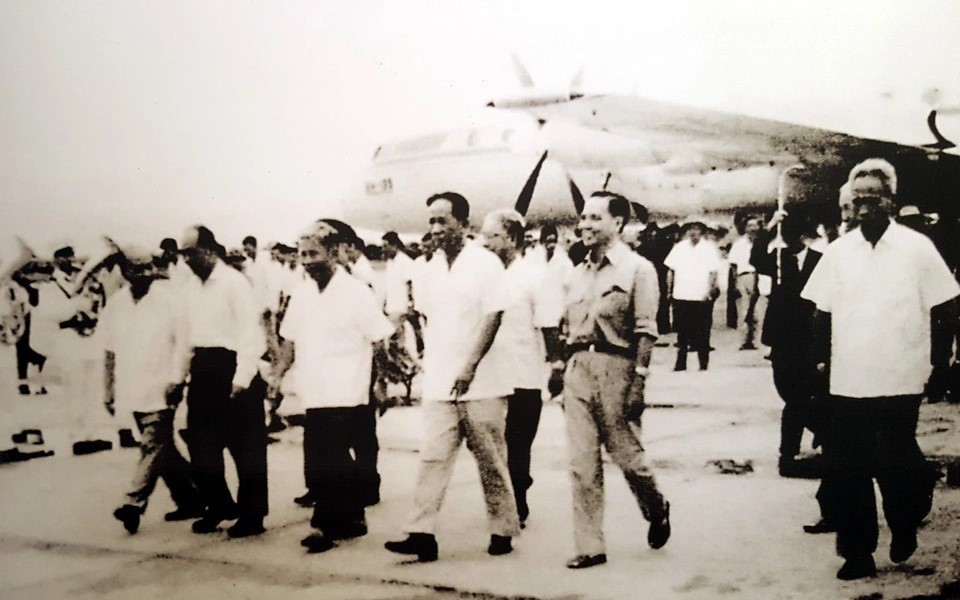 |
| Late General Secretary Le Duan and Party leaders visited Saigon - Gia Dinh after the day of victory. |
At that time, General Secretary Le Duan affirmed that we would surely achieve victory. He believed: "Since the end of World War II, no imperialist power has suffered as many defeats as the US", and "Currently in Vietnam, the US is weak both politically and militarily" or, "Here, the US is not militarily strong".
Why did he hold such views when the US military had the most diverse forces, the most advanced weaponry, and the highest combat proficiency? In his letter “To Comrade Bay Cuong” (October 10, 1974), he explained: "Strength and weakness must be assessed based on specific comparative forces, within particular times and spaces... Strength and weakness must be viewed from a revolutionary, developmental perspective, evaluating comprehensively both military and political aspects; the strategic posture, forces, opportunities, objective conditions, and leadership artistry; examining all these factors in their dynamic movement within a given time and space. It is impossible to measure strength merely by the number of troops, units, bases, or quantity of weapons and military equipment".
Using this analytical approach, he concluded that America's defeat was inevitable and would be total, both politically and militarily. His assessment that the US would surely lose stemmed from the reasoning that once America had escalated its war efforts to their maximum limits and still could not win, it would inevitably have to de-escalate and accept defeat. Commenting on this, the Institute of Marxism-Leninism later wrote: "For a nation like Vietnam - narrow in territory and modest in population - to confront the leading imperialist power and reach such a conclusion was certainly no easy task".
Nevertheless, his judgment was neither subjective nor driven by wishful thinking. He evaluated the adversary with scientific precision, writing: "If it took us nine years to defeat the French, it will require double that time to defeat the Americans". With this foresight, as early as 1954, when sending his comrades to regroup in the North, he promised, "We will meet again in 20 years". Thus, he anticipated victory, but only after 20 years.
In his letter “To Comrade Muoi Cuc and the Central Office for South Vietnam” (July 1962), he analyzed: "The US must be defeated, but the extent of their defeat must be measured. We must win, but to what extent must be accurately gauged". He later added: We would defeat the US, but not in the same way we had defeated the French, by surrounding and annihilating them. Against the Americans, victory would be achieved by dragging them down to the lowest rung, forcing them to abandon their ambitions to enslave Vietnam and withdraw.
| Reading “Letters to the South”, one can sense the utmost importance of secrecy, the rigor and decisiveness of military orders, and yet also recognize the scholarly depth in military strategy, scientific philosophy, politics, and revolutionary theory. |
Vietnamese Intelligence and Courage
He clearly defined the revolutionary path for the South is "not by conducting prolonged armed struggles, encircling the cities from the countryside, and liberating the entire country with military force like China did, but by following Vietnam’s own path, through partial uprisings, establishing bases, waging guerrilla warfare, and advancing toward a general uprising, primarily using political force coordinated with armed forces to seize power for the people". (Letter to Comrade Muoi Cuc and Southern comrades, February 7, 1961).
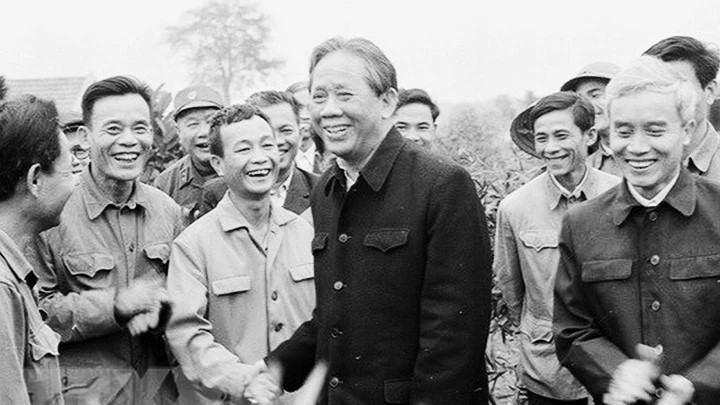 |
| General Secretary Le Duan met with officials and workers of Tay Hieu Farm, Nghe Tinh Province, 1979. (Photo: VNA) |
He directly commanded battles in the field. After each engagement, he was able to accurately assess the battlefield situation. He summarized the US’s failure in the "special war" phase in a single, concise sentence: "From the Battle of Ap Bac, the US realized it could not defeat us; by the Battle of Binh Gia, they knew they would lose the “special warfare” (Letter to Comrade Xuan, February 1965). After the Battle of Van Tuong, he concluded that we could defeat the US in the “local warfare”. In 1968, he assessed: "The US is now strategically dilemma," and "The US’s war efforts in Vietnam have reached their peak". If they tried their hardest and still could not defeat us, it was clear they would fail.
When the tide turned in our favor and forced the enemy to sign the Paris Peace Accords, he precisely analyzed: "For us, the important point of the Paris Peace Accords is not the recognition of two governments, two armies, or two zones leading to a three-party coalition government, but rather that American troops must withdraw while our forces remain; the North-South corridor remains connected; the rear and front are a unified continuum; and our offensive posture remains solid. Our intent is to maintain our position and strength in the South to continue advancing against the enemy..." (Letter to Comrade Bay Cuong, October 10, 1974).
In 1962, in a letter to Secretary Muoi Cuc, he wrote: "We reiterate the principle of always gaining strength through battle; if victory is not certain, do not engage". At that time, his strategic approach prioritized certainty. However, a decade later, the battlefield and international situation had changed. Seeing that the time for liberation had come, he resolved at the Politburo meeting, and in his letter To Comrade Bay Cuong (October 10, 1974): "At this moment, we have an opportunity. It has taken 20 years of fighting to create this opportunity, and we must seize it to achieve the complete liberation of our nation".
He further analyzed and predicted: Once the US withdrew in defeat, it would be difficult for them to return, and other imperialist forces would have no immediate opportunity to "fill the gap". Thus, "there will be no other opportunity", and "if delayed another 10 to 15 years, the situation would become extremely complicated". The plan for Southern liberation, drafted meticulously in 1974, was firm yet highly flexible, allowing full use of favorable factors beyond the battlefield: internal enemy strife, diplomatic fronts, and global developments. Therefore, as opportunities arose, the timeline for liberation was continuously shortened to one year, to six months, and finally to two months. What might seem reckless or impulsive was, in fact, based on keen observation of new possibilities, signaled by victories at Phuoc Long and Buon Ma Thuot...
By January 1975, just over two months after the Politburo conference, he issued the order: "Advance toward the final strategic battle at the enemy's last stronghold by the fastest route", and "We must seize the strategic opportunity and resolutely launch a general offensive and uprising to conclude the liberation war as quickly as possible. Ideally, we should start and end in April of this year without delay. We must act with 'lightning speed, boldness, and surprise'. We must 'strike immediately while the enemy is bewildered and collapsing'". (Letter to Comrades Bay Cuong, Sau, and Tuan, 2 pm, April 1, 1975).
He also proposed a theory on concluding wars, defeating the enemy unexpectedly, and mastering the art of ending conflicts: "We must not only resolve to fight and win against the US, but also know how to fight and how to win. As we knew how to properly begin and endure a prolonged struggle, we must know how to conclude it properly".
Simplicity Yet Revolutionary
30 years ago, the letters of instruction for the Southern battlefield written by General Secretary Le Duan were made public. These letters, once classified as top secret documents, were crucial in determining not only the fate of the war but, more broadly, the destiny of the entire nation at that time. Despite addressing matters of the utmost importance, the letters neither bore any formal titles nor official references, simply beginning with phrases like “To the comrades” or “To you”. At the end of each letter, he would sign only with the single word “BA”, his confidential name: Ba Duan. The opening lines of the letters often went straight to the point in a simple manner, such as “The situation is changing rapidly”, or “The Politburo held a meeting on...”, or “This morning, I have just received....”. In letters addressed to local leaders, he often included warm and encouraging openings like “Dear comrades!” or concluded with “With affectionate greetings and determined victory”.
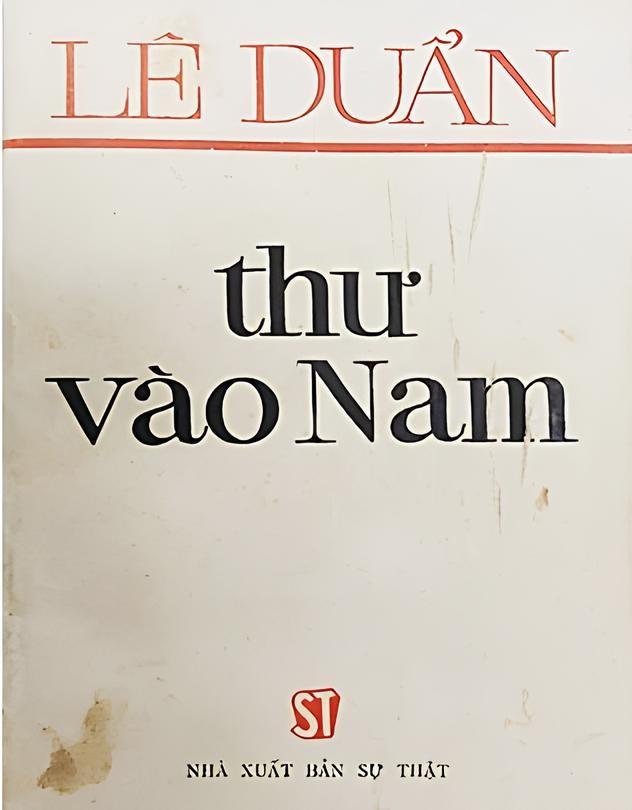 |
| Cover of the anthology "Letters to the South". |
Reading “Letters to the South”, readers can sense the gravity of the confidential issues, the strictness and firmness of military commands, and in many letters, a profound scholarly depth in military strategy, scientific philosophy, politics, and revolutionary ideology. Although the letters fundamentally carry the tone of the author: calm, direct, straightforward, clear, and succinct, they also embody the style of directives, commands, and political-military science. However, readers can still perceive the emotions he conveyed in response to the revolutionary developments and the battlefield dynamics.
This is most vividly reflected in the letters of instruction for the Southern battlefield in late 1974 and early 1975. These letters are filled with an intense and burning spirit, placing the reader as if standing amidst the army, swords and guns gleaming, hearing the roaring cheers and the resounding rallying call of a leader.
He wrote: "At 18:00 on March 27, 1975... The resounding victories at Buon Ma Thuot and the Central Highlands have created an opportunity to liberate Da Nang. We must concentrate forces from both directions, from Thua Thien - Hue advancing southward and from Quang Nam - Quang Ngai moving northward to quickly annihilate all enemy forces in Da Nang, preventing them from retreating and regrouping to defend Saigon. At this moment, time itself is a force. We must act with utmost boldness and surprise, leaving the enemy no chance to react... Special measures must be taken to march at the fastest possible speed, promptly control and seize airports, seaports, encircle and divide to annihilate the enemy...” (Letter “To Comrades Nam Cong and Hai Manh”).
In the letter "To Comrades Bay Cuong, Sau, and Tuan," he wrote: "Our revolution is advancing at a pace of 'one day equal to 20 years'. Therefore, the Politburo has decided: we must firmly grasp this strategic opportunity and resolutely carry out a general offensive and uprising, aiming to conclude the liberation war in the shortest possible time. Ideally, it should begin and end within April of this year without delay. Actions must be 'swift, bold, and surprising.' We must attack while the enemy is in confusion and collapse..."
Some letters contained fewer than 100 words, reflecting the urgency and strictness of military orders. He wrote: "The situation is changing rapidly; we must seize the time and act urgently. Therefore, Comrade Tuan should immediately meet Comrade Bay Cuong at the Central Office for the South to discuss the plan to seize Saigon. Comrade Sau will also attend the meeting. Comrades Bay Cuong and Tu Nguyen will not proceed to the Central Highlands anymore". (Letter "To Comrades Bay Cuong, Sau, and Tuan", 11:00 on March 31, 1975.)
As the day of liberation approached and victories poured in one after another, the General Secretary did not conceal his joy and often included words of encouragement to the generals and Southern leaders. He would frequently end letters with lines such as: “I send you my greetings of determined victory”, “Wishing you good health”, or “Seize the great opportunity, and we shall surely achieve total victory!”. Rarely, but tellingly, he even wrote as though smiling at the generals and soldiers: "The Politburo commends the resounding victories of the army and people of Region 5 and eagerly awaits the news of a major victory from the Da Nang front". (Letter "To Comrades Nam Cong and Hai Manh", March 27, 1975). Or in the letter "To Comrade Bay Cuong" at 16:00 on March 29, 1975, he expressed his affection like an elder brother writing to his younger siblings: "Wishing you good health and great victories".
The final letter he sent for this campaign was on the historic day of April 30. It was a congratulatory letter from the General Secretary, on behalf of the Politburo, to all cadres, soldiers, Party members, Youth Union members, and the people of Saigon - Gia Dinh who participated in the Ho Chi Minh Campaign.
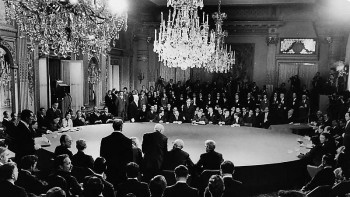 | Vietnamese Diplomacy’s Contribution to the Liberation of the South and National Reunification – Enduring Historical Lessons Fifty years ago, the great Spring Victory of 1975 brought an end to a prolonged resistance war, achieving the complete liberation of the South and ... |
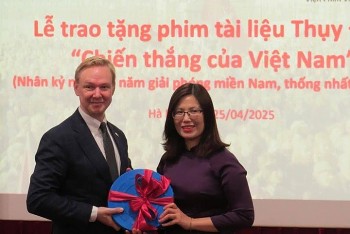 | Unreleased Documentary about April 30 Victory: Sweden's Special Gift to Vietnam On April 25, in Hanoi, the Embassy of Sweden to Vietnam, in collaboration with the Ministry of Culture, Sports and Tourism, hosted a ceremony ... |
Recommended
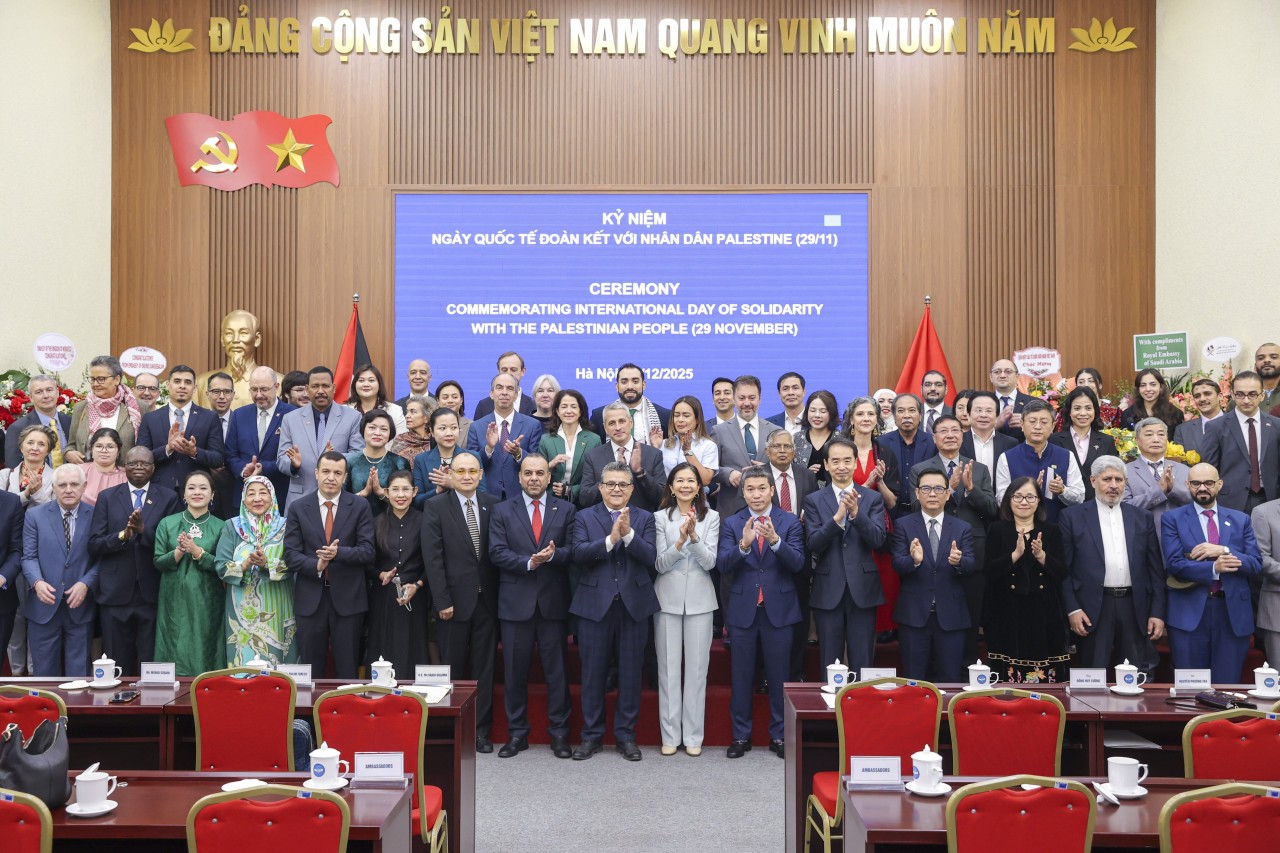 Focus
Focus
Vietnam Affirms Its Consistent Stance in Supporting Palestinian People for Peace and Freedom
 Friendship
Friendship
Enhancing Educational Cooperation, Promoting Vietnam-Russia Friendship
 Focus
Focus
"Vietnamese & American Sons and Daughters Meeting": Healing War Wounds and Deepening Vietnam-US People-to-People Bonds
 Friendship
Friendship
People-to-People Diplomacy: Soft Power Strengthening Vietnam - Poland Friendship
 Friendship
Friendship
People-to-People Exchanges Strengthen Vietnam–Romania Friendship
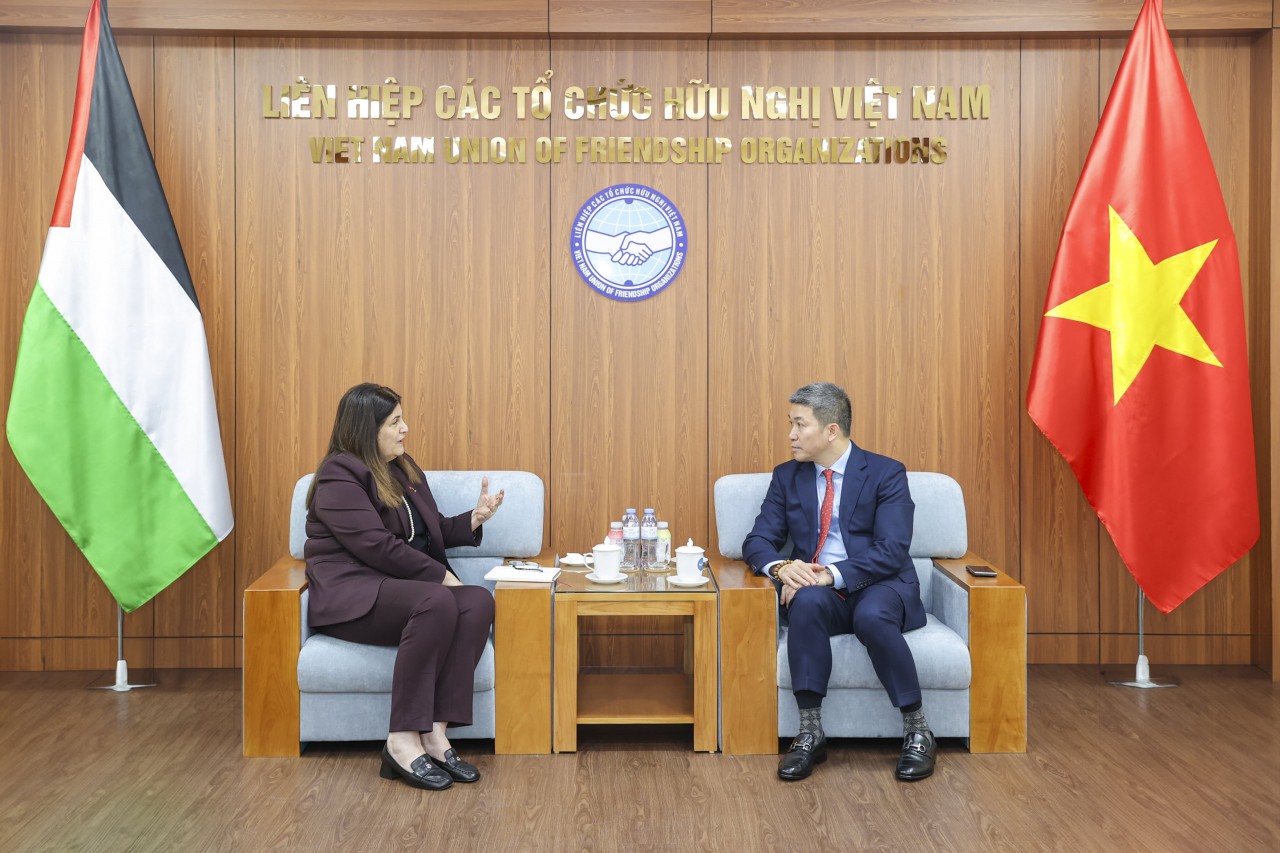 Friendship
Friendship
Promoting People-to-People Exchanges Between Vietnamese and Palestinian Youth
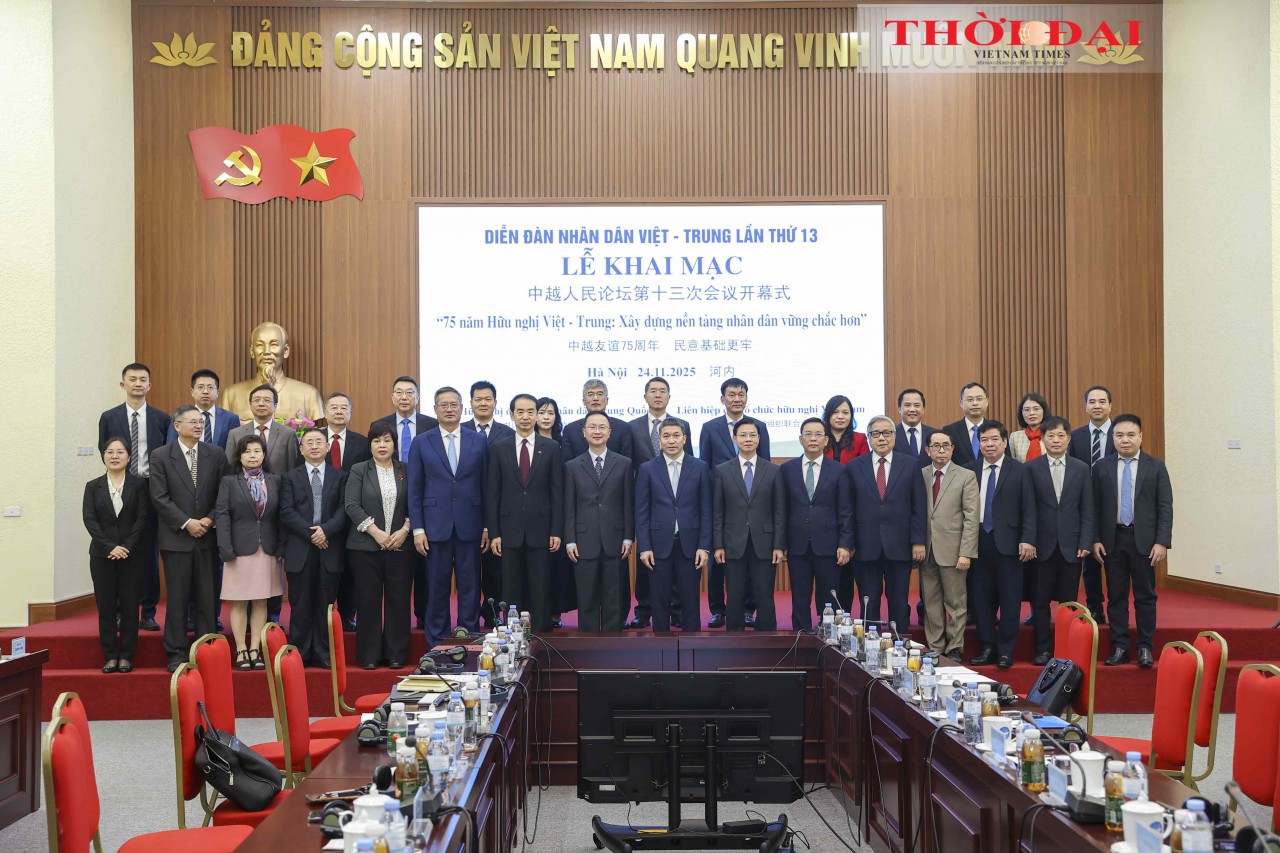 Friendship
Friendship
Opening Ceremony of 13th Viet Nam-China People’s Forum: Strengthening Relations from People’s Foundation
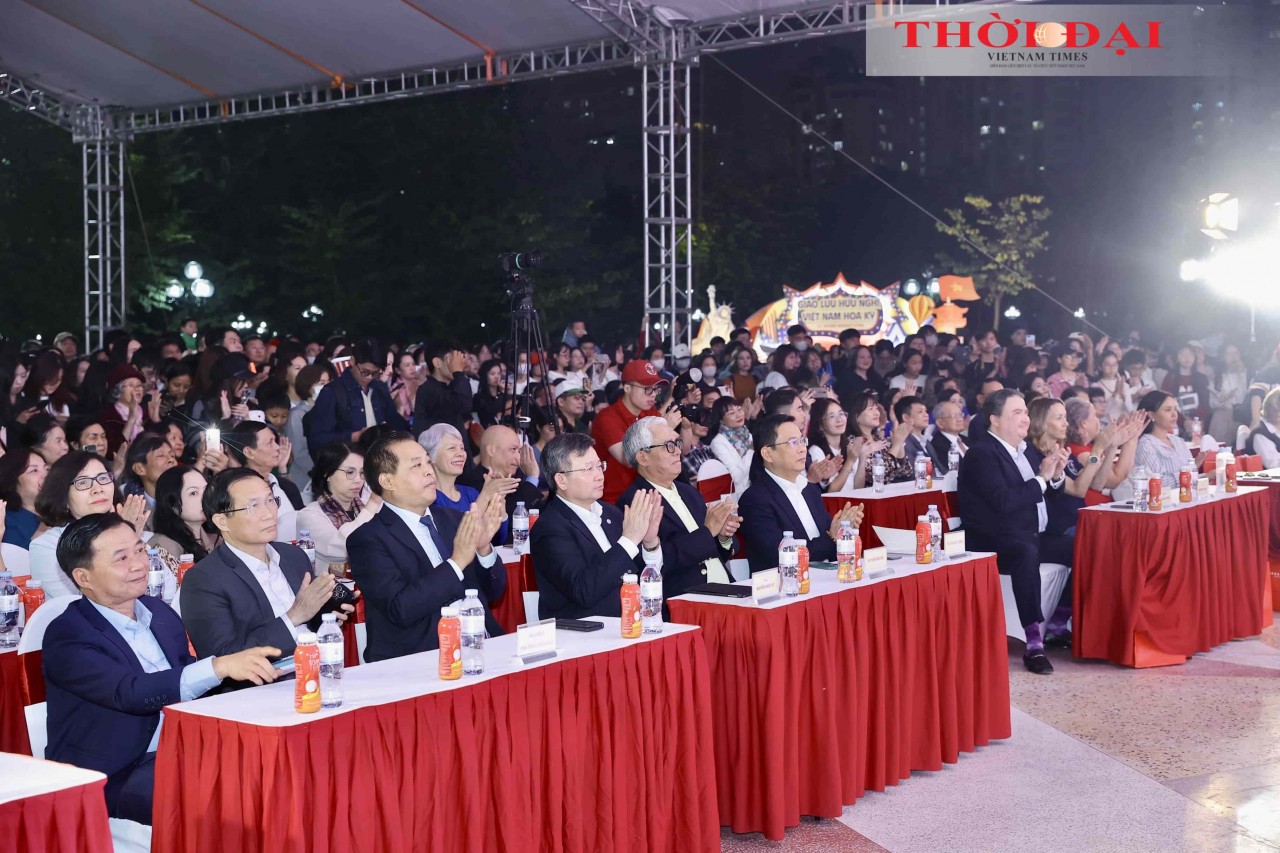 Friendship
Friendship

